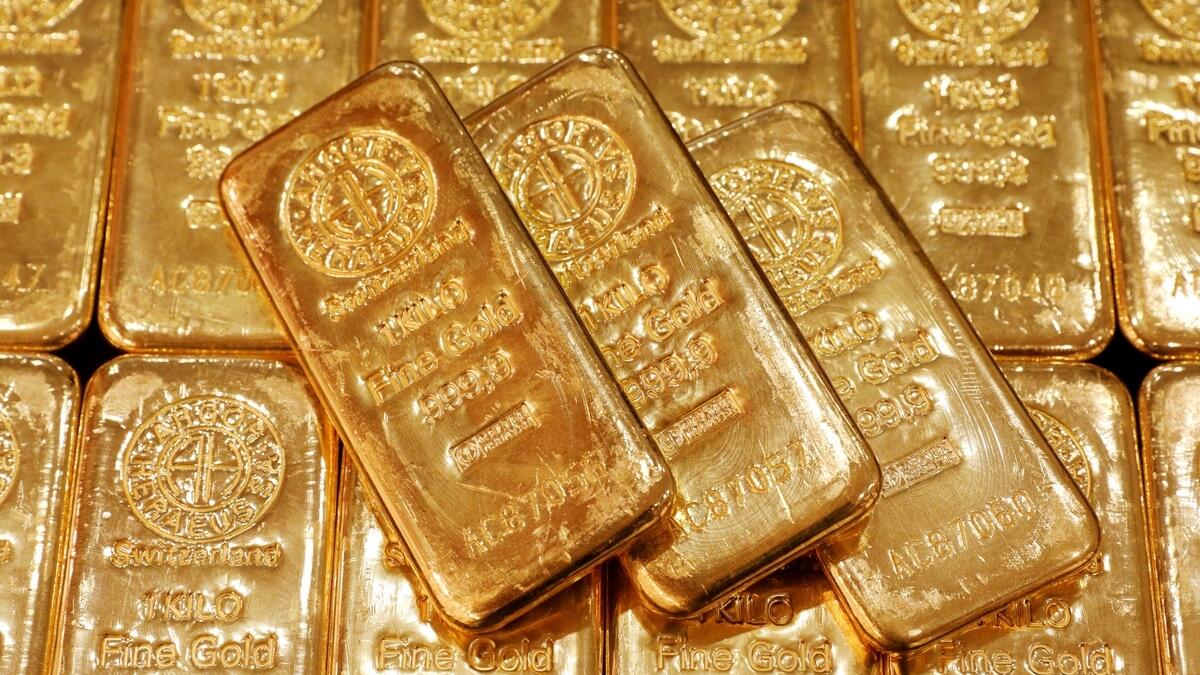The price of gold reached a record high, increasing more than 1% on Thursday due to expectations of an interest rate cut by the Federal Reserve. Spot gold was up 1.6% at $2,551.19 per ounce, while U.S. gold futures rose 1.4% to $2,578.90. This surge was influenced by U.S. data indicating an economic slowdown, with initial claims for state unemployment benefits increasing by 2,000 to a seasonally adjusted 230,000. Additionally, U.S. producer prices rose slightly more than anticipated in August, though inflation remained subdued.
Market experts suggest that the anticipation of a lower interest rate environment is making gold a more attractive investment. Alex Ebkarian, chief operating officer at Allegiance Gold, mentioned that there could be more frequent rate cuts rather than larger cuts in the future. Currently, markets are pricing in an 87% chance of a 25-basis-point U.S. rate cut at the Fed’s upcoming meeting, with a 13% chance of a 50-bps cut. This expectation is pushing investors towards zero-yield bullion amid lower interest rates.
There are concerns about the weakening labor market, with Philip Streible, chief market strategist at Blue Line Futures, warning that if the labor market deteriorates, rate cuts could persist for an extended period. In another market development, palladium rose 2.7% to $1,035.69 per ounce, reaching its highest level in over two months. The metal has experienced a short-covering rally following Russian President Vladimir Putin’s remarks about potentially limiting exports of certain metals in retaliation against the West.
While Putin did not specifically mention palladium, it is a by-product of Russian nickel production, and potential export restrictions could impact both metals. Nitesh Shah, a commodity strategist at WisdomTree, stated that such curbs could exacerbate the current deficit in the palladium market. Furthermore, spot silver saw a 2.3% gain to $29.35 per ounce, while platinum increased by 1.8% to $968.48. This overall market movement is aligning with the expectations of an interest rate cut and the potential impact of geopolitical events on metal production and supply.











